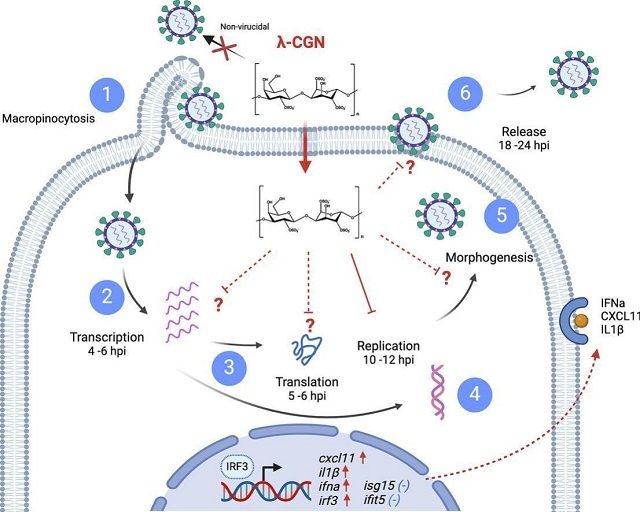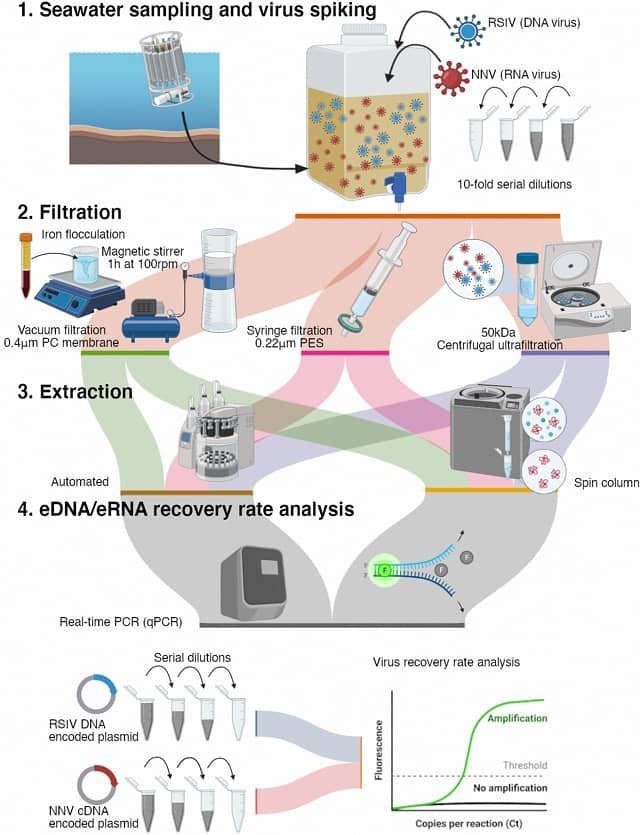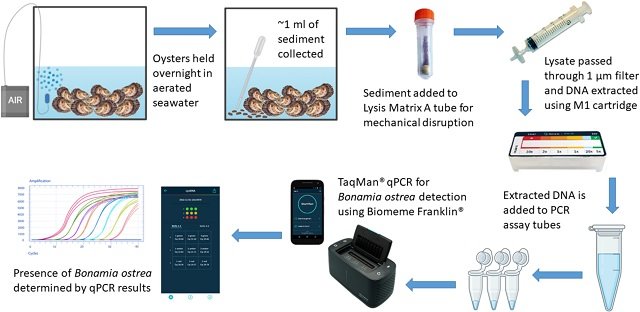by WUR
A new group of species, with fish, shellfish and seaweed, has been added to the Statutory Research Tasks of the Centre for Genetic Resources in the Netherlands (CGN). Aquatic Genetic Resources (AqGR) have been part of the animal cluster of the CGN since the start of 2022. The first samples of the flat oyster have already been collected for DNA research.
Starting material for breeding in aquaculture is often (still) obtained from wild populations. Therefore, it is important to monitor genetic diversity – genetic variety within species – of the wild populations of the relevant aquatic species.
International agreements lead to Statutory Research Task
In 2021, the Netherlands committed itself internationally to the implementation of the FAO Global Plan of Action (GPA) for the conservation and sustainable use of aquatic genetic resources. In preparation for this, CGN already prepared a Dutch country report, an inventory of aquatic genetic resources, in 2017 at the request of FAO and commissioned by the Ministry of Agriculture, Nature and Food Quality (LNV). As a follow-up to this country report, CGN then performed an investigation, also commissioned by the Ministry of Agriculture, Nature and Food Quality, into which Statutory Research Tasks should be given priority for aquatic genetic resources.
Which aquaculture species?
Species that are cultured in the Netherlands and that also occur in the wild in the Netherlands are eligible for the CGN programme, for which the aquaculture sector is divided into the fish, shellfish and seaweed sub-sectors.
The following species are relevant:
Crassostrea gigas (Pacific oyster)
Ostrea edulis (flat oyster)
Mytilus edulis (mussel)
Anguilla anguilla (European eel)
Scopthalmus maximus (Psetta maxima) (turbot)
Sander lucioperca (pike perch)
Saccharina latissima (sugar kelp)
Ulva spp. (sea lettuce)
Laminaria digitata (oarweed)
Undaria pinnatifida (wakame; this is an exotic species, which has permanently established itself in the Netherlands)
Monitoring genetic diversity: how?
For the relevant species, it is explored which genetic tests are available and protocols are drawn up, after which genetic monitoring can start. The implementation of the design and actual monitoring of genetic resources will not be the same for all species. Where possible, cooperation will take place within the infrastructure and expertise of the Centre for Fisheries Research (CVO).
The first sampling for DNA research, from the flat oyster, has taken place. Later this year, mussels and a number of fish and seaweed species are also expected to be sampled for the first time. Sampling takes place at selected locations in the Netherlands, and will be started up for all species in the coming years. The analyses of the DNA data will provide an overview of the genetic diversity of the population or populations of selected species living in Dutch waters.
Stay Always Informed
Join our communities to instantly receive the most important news, reports, and analysis from the aquaculture industry.
Cryopreservation of genetic material
The aquatic species programme is not only focused on genetic monitoring, but also offers the potential to store genetic material for the long-term safeguarding of genetic diversity, as is already the case for other livestock species and the gene bank for seeds of plants and crops. To this end, exploratory research is first conducted into available protocols for cryopreservation (freezing in nitrogen) for the relevant aquatic species. In addition, it will be explored if and how cooperation with commercial aquaculture production companies and with research groups would be possible.
Editor at the digital magazine AquaHoy. He holds a degree in Aquaculture Biology from the National University of Santa (UNS) and a Master’s degree in Science and Innovation Management from the Polytechnic University of Valencia, with postgraduate diplomas in Business Innovation and Innovation Management. He possesses extensive experience in the aquaculture and fisheries sector, having led the Fisheries Innovation Unit of the National Program for Innovation in Fisheries and Aquaculture (PNIPA). He has served as a senior consultant in technology watch, an innovation project formulator and advisor, and a lecturer at UNS. He is a member of the Peruvian College of Biologists and was recognized by the World Aquaculture Society (WAS) in 2016 for his contribution to aquaculture.




